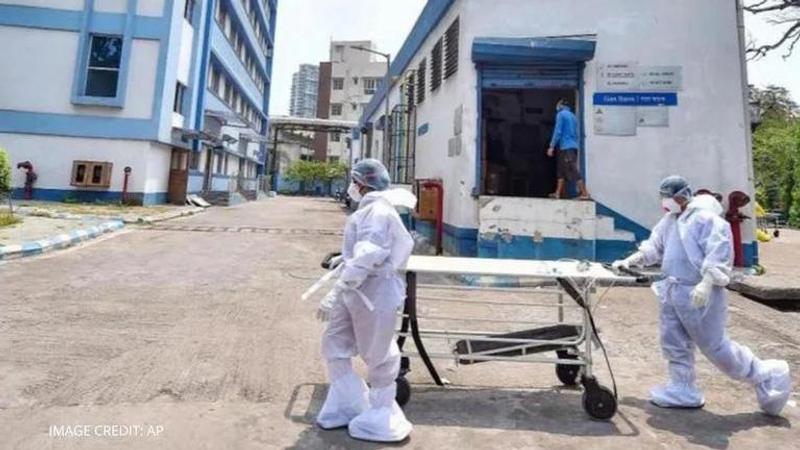Published 12:21 IST, April 29th 2020
Study suggests traces of coronavirus can linger in the air
Earlier, the WHO said that the evidence for the coronavirus to be transmitted from the air “was not compelling” and tweeted, "COVID-19 not airborne".

As per the new study, the researchers have reportedly found that the traces of coronavirus can linger in the air in the crowded spaces or rooms that lack ventilation, and can spread through tiny airborne particles known as aerosols. At hospitals in Wuhan, China, the researchers detected the virus’ genome lingered in the hospital toilets, indoor spaces where the protective gears were changed by the staff, and wards. With sensitive detectors, the coronavirus’ genomes were found at several such spots, according to the study published in the research Journal Nature.
The health officials have claimed that the virus is transported through droplets when a patient coughed or sneezed, and scientists have found that there is preliminary evidence that the coronavirus spreads due to airborne transmission, in which the virus spreads from much smaller particles from exhaled air, known as aerosols. Earlier, the WHO said that the evidence for the coronavirus to be transmitted from the air “was not compelling” and in a scientific briefing the organization posted on its website, “there is not sufficient evidence to suggest that SARS-CoV-2 is airborne, except in a handful of medical contexts, such as when intubating an infected patient.
However, as per the recent study, the health experts working on the airborne respiratory illnesses and aerosols have agreed that the virus, in fact, spread in the air. Michael Osterholm, an infectious-disease epidemiologist at the University of Minnesota in Minneapolis said in the study published in the journal, “gathering unequivocal evidence for airborne transmission could take years and cost lives. We shouldn’t let perfect be the enemy of convincing.” Aerosol scientist Lidia Morawska at the Queensland University of Technology in Brisbane, Australia, said, “This is a no-brainer.” She added, “In the mind of scientists working on this, there’s absolutely no doubt that the virus spreads in the air.”
Coronavirus 'transmits in aerosols'
Scientists state that the public health officials who claimed there isn't sufficient evidence to say that SARS-CoV-2 is airborne were specifically looking at aerosols smaller than 5 micrometers in diameter, as per the study. However, heftier aerosols can linger in the air for longer and travel further. An epidemiologist at the University of Hong Kong, Ben Cowling, said, “Most transmission occurs at close range. But the distinction between droplets and aerosols is unhelpful because “the particles that come out with viruses can be a wide range of sizes. Very, very large ones right down to aerosols.” Further, he added, “If SARS-CoV-2 is transmitting in aerosols, it is possible that virus particles can build up over time in enclosed spaces or be transmitted over greater distances.”
Updated 12:21 IST, April 29th 2020




